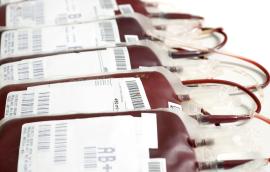Mosquito-transmitted Epidemics: Dengue, Chikungunya and West Nile in the United States and Mexico
This policy brief urges collaboration between the United States and Mexico to address widespread epidemics of mosquito-transmitted diseases like West Nile, dengue and chikungunya in both countries. Such policy development should focus on vector control programs, public awareness and the development of vaccines to curb the spread of these diseases.
Kirstin R.W. Matthews, Jennifer R. Herricks December 16, 2015




